At this point, you're probably familiar with the most common health conditions, from diabetes to cancer to heart disease, and their risk factors. But how about a syndrome that causes you to suddenly start speaking with a foreign accent or a disorder that literally turns your skin blue? These rare health conditions affect people across the world. In fact, 6-8 percent of Australians have a rare disease. Here are weird - but very real - medical conditions you should know about.







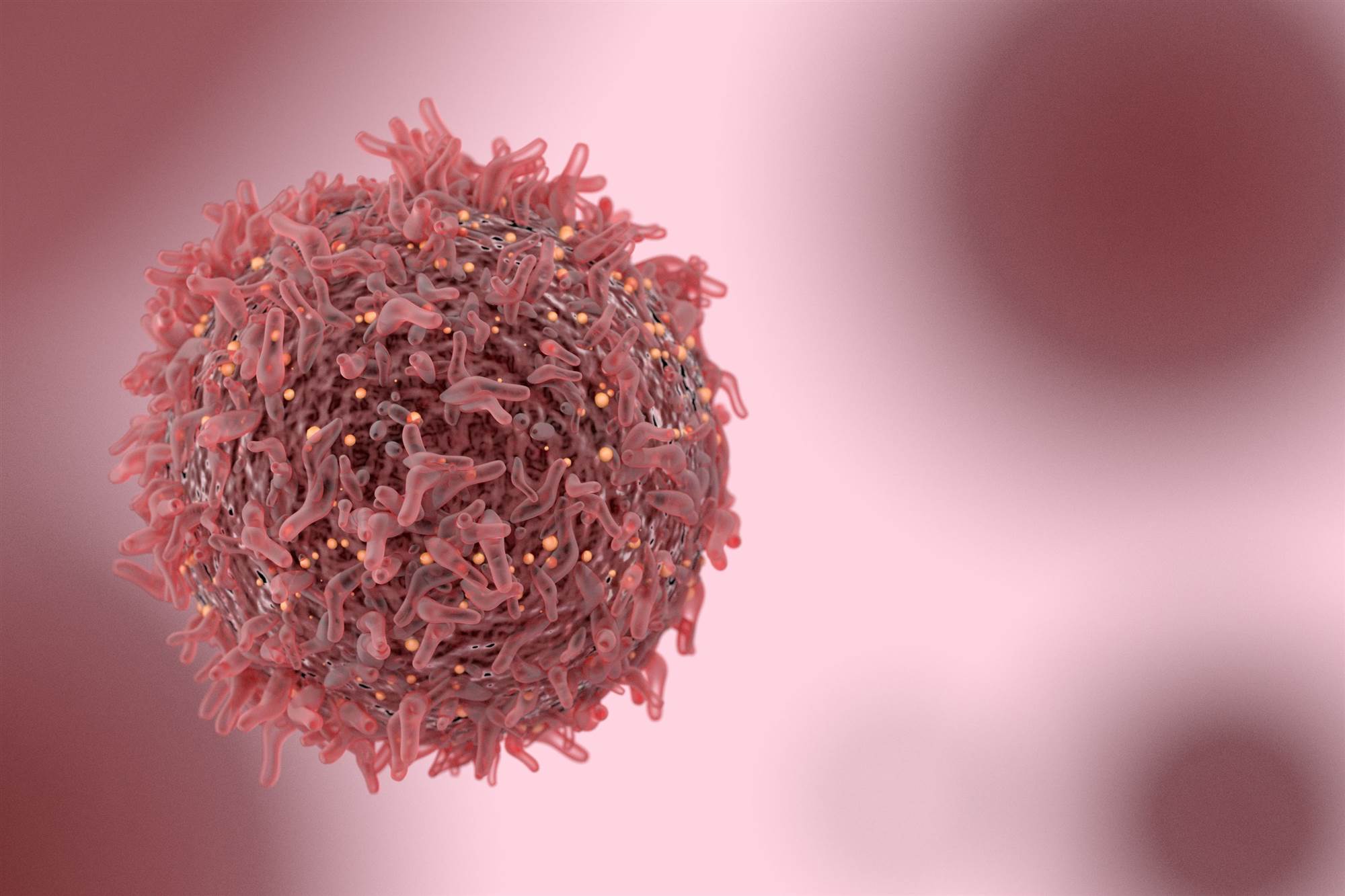
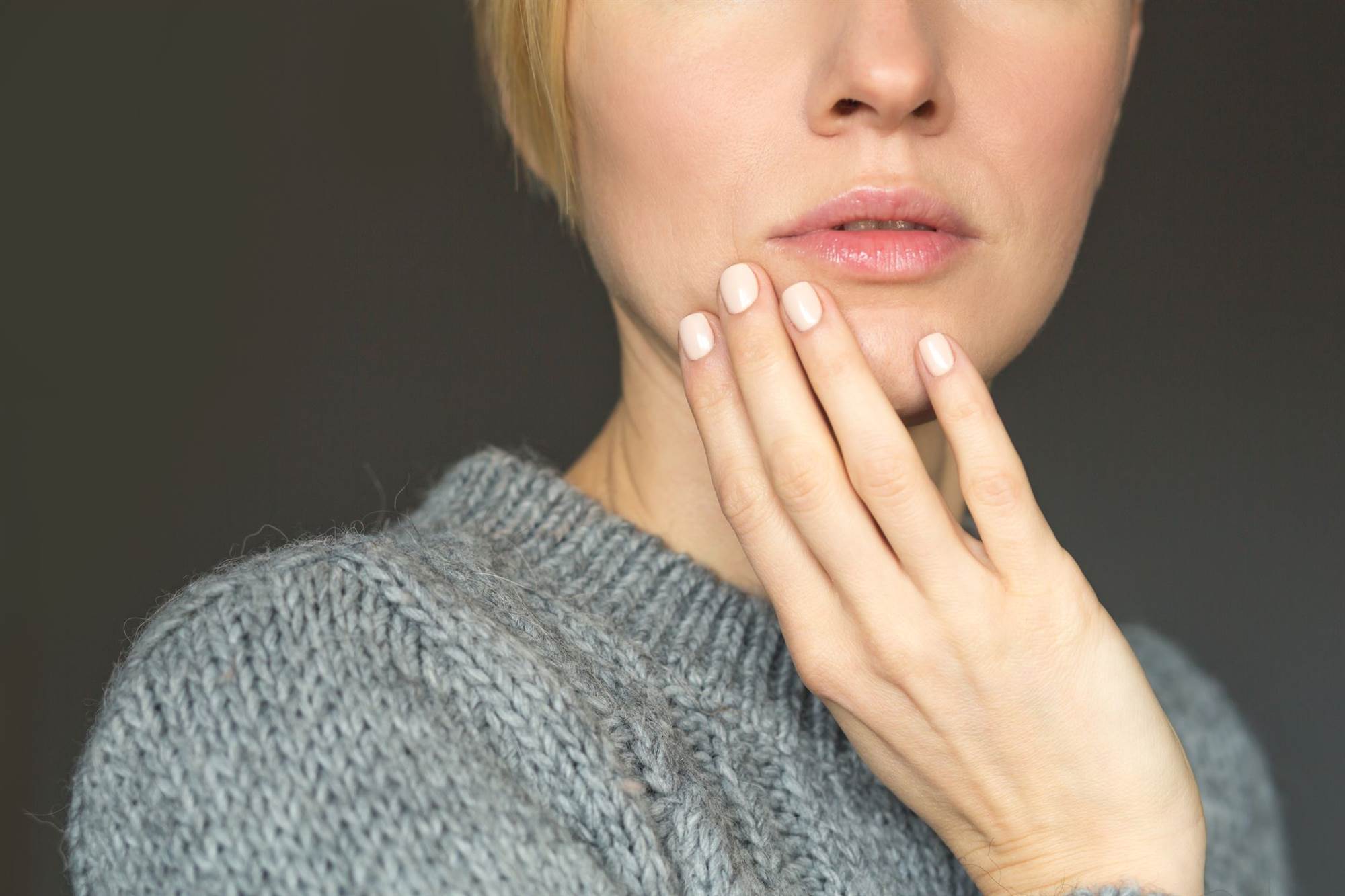


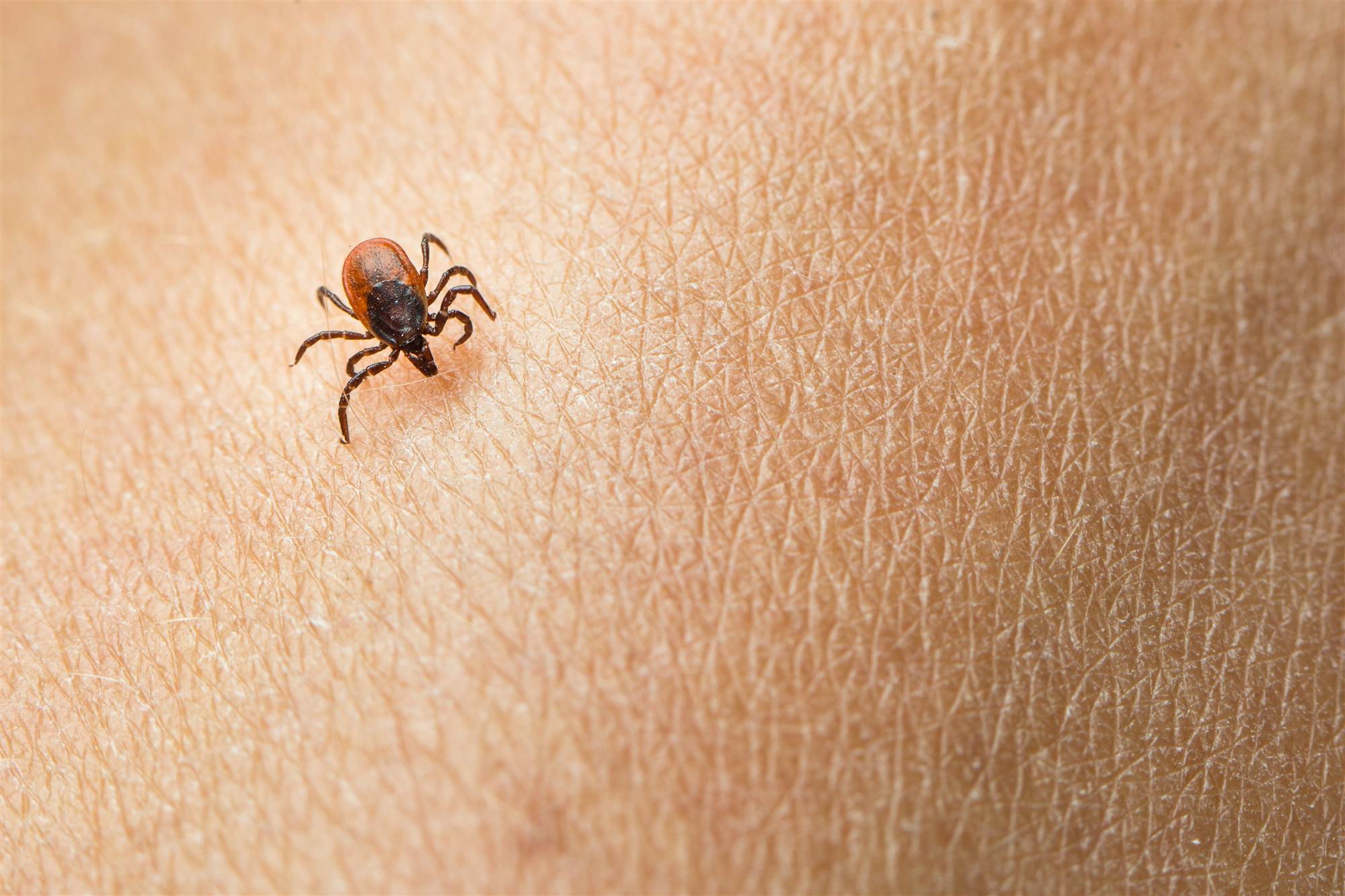

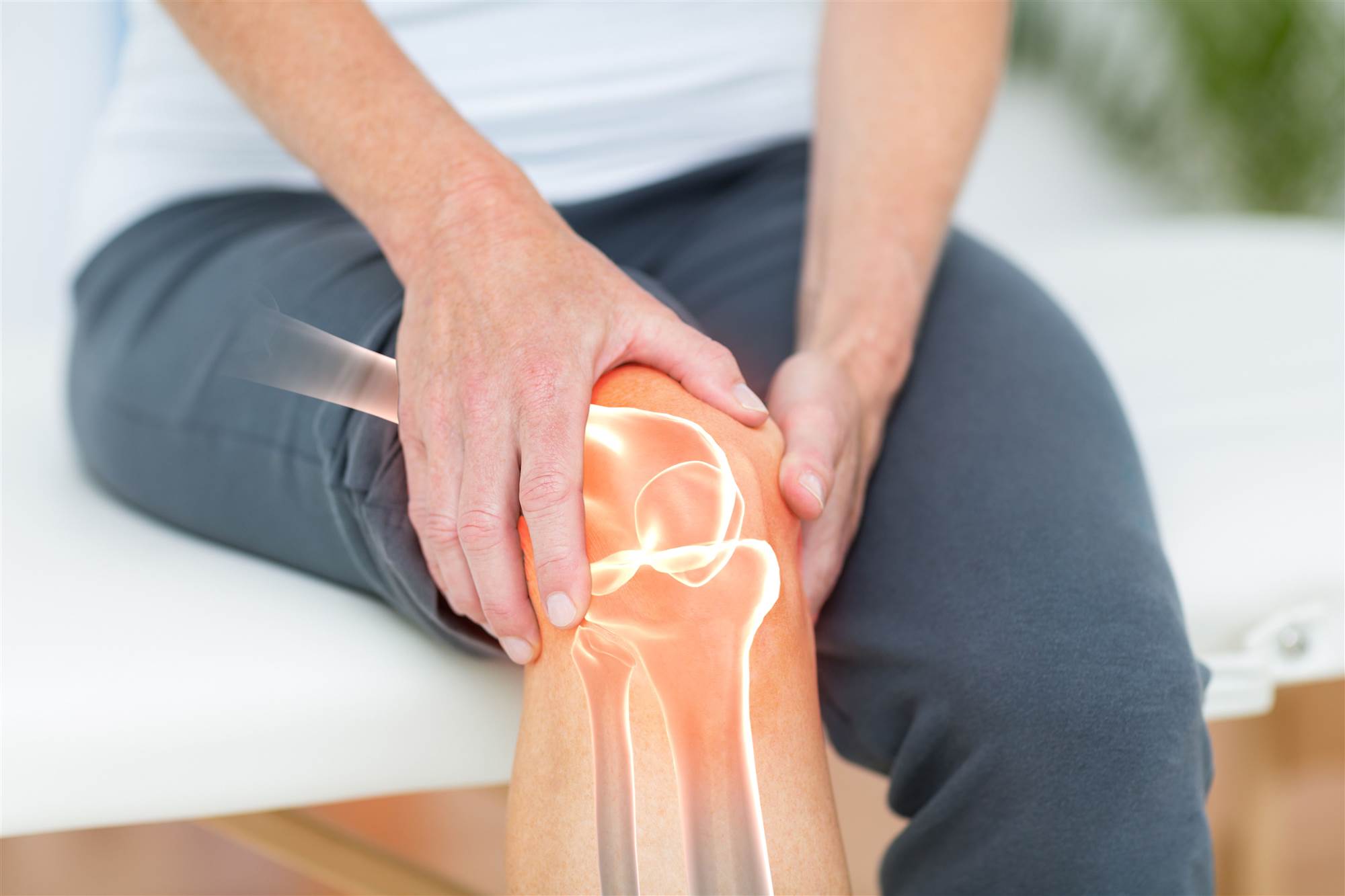
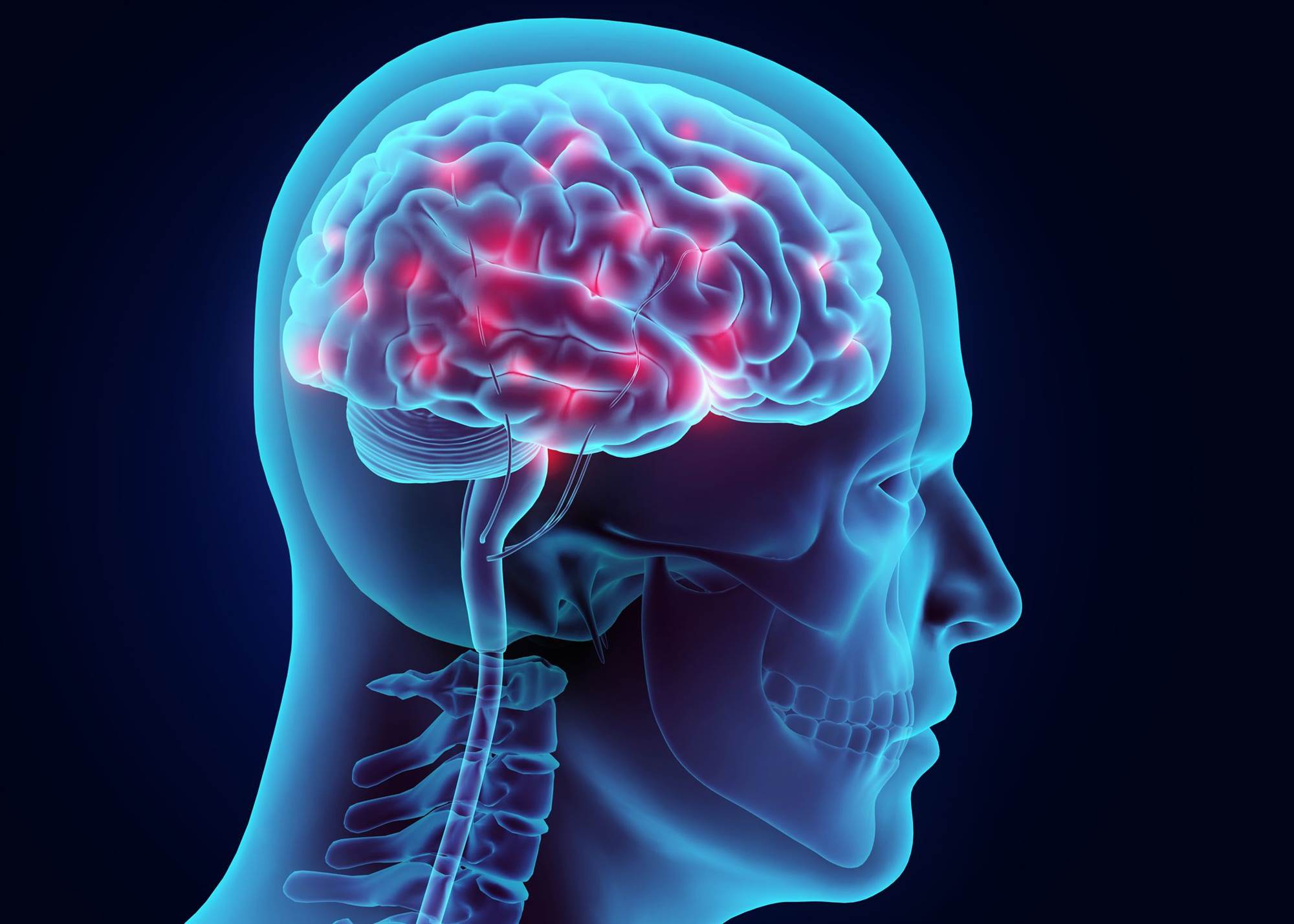
baona ©Getty Images
Foreign accent syndrome
One second you're speaking normally, then the next you're donning a foreign accent. It sounds impossible, but that's what foreign accent syndrome (FAS) is: a disorder that causes a sudden change in speech, usually due to a stroke or brain injury.
According to US research, it usually sounds like a totally new accent because of someone’s “timing, intonation, and tongue placement.” And instances in the past have involved someone's accent changing from British English to French, American English to British, Spanish to Hungarian, and Japanese to Korean.
baona ©Getty Images
Fabry disease
What can initially seem like digestive issues could actually be a rare genetic disorder called Fabry disease. While the condition - which affects your lipid (fat) metabolism - can come about in both males and females, it's mostly seen in men. And the symptoms occur due to a buildup of globotriaosylceramide, a type of fat, in the body's cells, says Genetics Home Reference.
“My patient had many years of gastrointestinal problems - mostly around abdominal pain and diarrhoea. He also had problems with heat intolerance and had a small diffuse rash around his waist area,” says geneticist and genomicist Dr Matthew Taylor. “Looking back, many of these mild but chronic symptoms that he had ended up being connected. It’s not a very commonly encountered disease. Most doctors won’t see many cases in our careers because of how rare it is.”
baona ©Getty Images
Alice in wonderland syndrome
You know when Alice eats that special cake and grows so big she fills the room? There’s actually a condition called Alice in Wonderland syndrome (AIWS) that disrupts your body image (as well as your perception of the things around you), making you feel bigger or smaller than you really are.
It's not a hallucination, either. The problem occurs within your brain and affects your senses, either for a few minutes or chronically. Past research has found it's not uncommon for those with AIWS to also experience migraines, and there's currently no treatment for it.
baona ©Getty Images
Methemoglobinemia
If you've heard of blue skin disorder - where a person's skin actually turns a Smurf-like shade of blue - that's due to the blood disorder methemoglobinemia.
And the reasoning behind the colour? The body’s overproduction of methemoglobin, a form of hemoglobin. Instead of the typical one percent of methemoglobin in the blood, those with this disease can have up to 20 percent. And because their haemoglobin is unable to properly distribute oxygen in the body, it results in a blue skin colour, purple lips, and brown-coloured blood, says Genetics Home Reference. While the disorder can be inherited, it can also come about by being exposed to different chemicals and drugs.
baona ©Getty Images
Trichotillomania
Everyone occasionally plays with their hair, but when you begin pulling it out, that's what's called trichotillomania. That urge causes hair loss, and while the cause is unknown, it's thought that it could be a subcategory of OCD. Unfortunately, the patches of baldness that result - even in the eyelashes, eyebrows, and beard - can cause even more emotional distress in the individuals affected.
baona ©Getty Images
Pica
Can you imagine eating things like stone, chalk, and soap on the regular? That's what the compulsive eating disorder pica involves: craving and ingesting non-food items, possibly due to an iron or zinc deficiency. According to research, it's more common in children than adults and can cause problems with the teeth and digestive system, but even pregnant women are one of the most likely groups to suffer from the disease.
baona ©Getty Images
Cold allergy
In the thick of the winter season, everyone feel like they're allergic to the cold. But this condition is a real thing: Familial cold autoinflammatory syndrome (FCAS) - or familial cold urticaria - is a rare inherited disorder that causes people to have allergy-like symptoms after being exposed to the cold. Everything from rashes and joint pain to fatigue, blurred vision, and nausea occur within one to two hours of that exposure, then typically go away within 24 hours.
baona ©Getty Images
Tree man's disease
Tree man disease - or epidermodysplasia verruciformis (EV) - is an inherited skin disorder where wart-like lesions develop due to the human papillomavirus. Not just any warts, though: They build up so much on the hands and feet that it results in a "tree-like" appearance and becomes difficult for those with the disorder to use them, according to the Rare Disease Report. Unfortunately, there's no current treatment besides trying to prevent the warts in the first place and using surgery to remove them.
baona ©Getty Images
Vampire syndrome
Vampires might be a thing of spooky stories, but xeroderma pigmentosum is a real (yet rare) skin disorder that makes people have heightened sensitivity to the sun's UV rays. So much so that they have a 10,000-fold increased risk of developing skin cancer. Because of this, those with the condition often avoid the sun to avoid blisters and other damage that can occur in as little as 10 minutes of sun exposure.
baona ©Getty Images
Werewolf syndrome
Like vampires, werewolves are typically only seen in scary movies. But there's a disorder called werewolf syndrome, or hypertrichosis lanuginosa congenita, that causes excessive werewolf-like hair growth across the entire body-face included-in both men and women. It can be hard to get rid of, resulting in a lot of emotional pain, says US research. While it can be present at birth, it can also develop later on in life, too.
baona ©Getty Images
Alien hand syndrome
How scary would it be if your hand started thinking for itself? That's exactly what happens with alien hand syndrome. According to US research, past instances of the rare disorder involve someone's hand acting as if it was being controlled by someone else. One 77-year-old woman's hand was even stroking her face without her permission. In other cases, the hand has tried harming the individual. While it can be tricky to diagnose since it's a neurological disorder, it's usually done through observation and often develops after some sort of trauma or a stroke.
baona ©Getty Images
Morgellons disease
Having a crawling sensation on your skin - like there's a bug on you - is one of the most cringeworthy experiences. Unfortunately for those with Morgellons disease, that's a very common occurrence. According to past research, those with the disease have skin lesions that contain multi-coloured fibres produced by the skin cells due to a bacterial infection. And on top of the crawling feeling, those itchy skin rashes and sores are usually accompanied by fatigue, depression, difficulty concentrating, and short-term memory loss, says the Mayo Clinic.
baona ©Getty Images
Water allergy
Having a water allergy seems impossible, since it's crucial for your survival, after all-but it's real. Aquagenic urticaria (AU) involves developing rashes (and sometimes itching!) after the skin touches water. Then once the water is gone, the rash disappears within 30 to 60 minutes. According to the Genetic and Rare Diseases Information Center (GARD), a water test is used to diagnose the condition. And since avoiding water is nearly impossible, AU is usually managed with antihistamines, topical agents, ultraviolet light therapy, and an injectable medication.
baona ©Getty Images
Stone man syndrome
Stone man syndrome - or fibrodysplasia ossificans progressiva (FOP) - is a disorder caused by a gene mutation that turns an individual’s tendons and ligaments into bone. Having bone form outside the skeleton can cause the individual to lose the ability to move, breathe, speak, and even eat. And the worst part? Experiencing trauma to your muscles - even from a fall - can cause that area to be replaced by bone, too. It's usually diagnosed through laboratory tests and analysing the symptoms, which tend to become noticeable in childhood.
baona ©Getty Images
Periventricular nodular heterotopia
In those with periventricular nodular heterotopia, there's a problem with the nerve cells during the development of the brain, causing intellectual issues and seizures. While there’s no treatment, a diagnosis leads to some tough reproductive decision-making in women who want to have children.
“There was a woman in her early twenties who had a history of some learning problems, migraines, and some very loose joints - she was very bendy and flexible, a little bit like a contortionist, which had caused injuries a few different times,” Dr Taylor says. “She had a brain MRI that showed some abnormalities of some of her brain tissue, and we ended up putting her under genetic testing. This condition, if it gets passed onto a male child, can be severe and often lethal in male children.”






.png&h=193&w=250&c=1&s=1)
.png&h=193&w=250&c=1&s=1)


